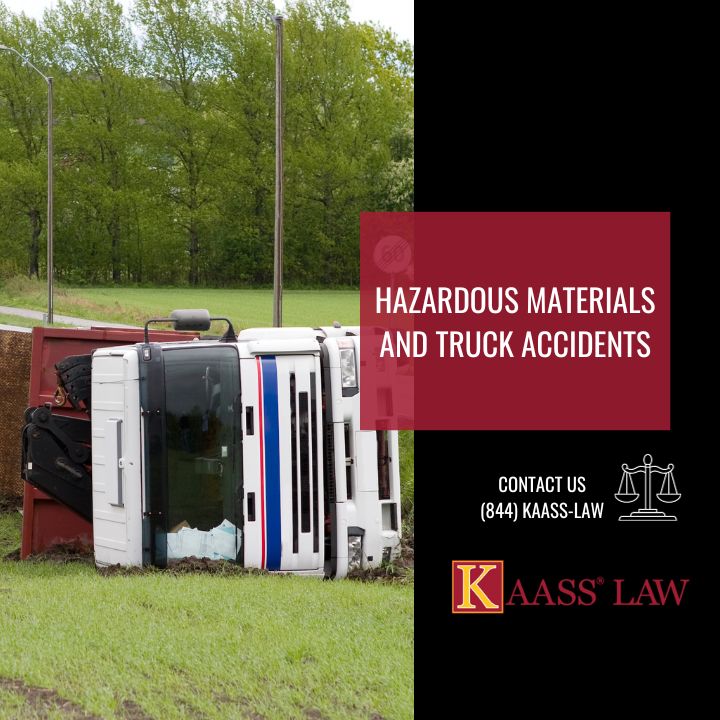In the intricate web of modern logistics and transportation, truck accidents involving hazardous materials are a ticking time bomb, necessitating a comprehensive understanding of the risks, and regulatory safeguards. Also, measures to prevent and respond to these potentially catastrophic events. In this blog, we embark on a journey through the complex world of hazardous materials transportation, exploring the hidden dangers, and the strict regulatory frameworks in place.
The Hidden Risks and Regulatory Framework
Truck accidents with hazardous materials involve diverse cargo, from flammable to toxic and corrosive substances, posing significant environmental and health risks. Strict regulations, like the Hazardous Materials Regulations (HMR) by the U.S. Department of Transportation, safeguard the transportation of hazardous materials.
Types of Hazardous Materials and Consequences
The world of hazardous materials is a kaleidoscope of risks, each category representing its own set of challenges. Flammable materials are like ticking time bombs, ready to erupt into fires and explosions at the slightest provocation, putting lives and property at immediate risk. Toxic substances, on the other hand, introduce a different dimension of danger. They can lead to severe health risks, including respiratory problems, chemical burns, and the potential for long-term illnesses. Corrosive materials add another layer of complexity, capable of causing extensive damage to living tissue, equipment, and critical infrastructure. Accidents involving these materials can be catastrophic. They can bring immediate dangers such as fires, explosions, and the release of toxic fumes that pose an immediate and profound threat to public safety.
Recovery, Remediation, and Preventive Measures
Recovery involves environmental cleanup and potential legal consequences for negligent parties. Preventing accidents entails specialized driver training, adherence to safety protocols, and proper cargo management. Recovery efforts following hazardous material accidents are a complex and multi-faceted endeavor. Environmental cleanup, the cornerstone of remediation, aims to restore affected areas to their previous condition, but this process can be lengthy, costly, and fraught with challenges. In addition to environmental cleanup, legal consequences are also on the horizon. Also, parties responsible for negligence and non-compliance with hazardous materials regulations may face penalties and legal actions.
Advanced Technologies and Industry Initiatives
Modern technology plays a pivotal role in enhancing safety in the transportation of hazardous materials. Telematics and monitoring systems provide real-time insights into cargo conditions and driver behavior, allowing for immediate intervention in case of issues. Advanced routing software, an integral part of modern trucking technology, aids drivers in avoiding high-risk areas and planning their routes more safely. Within the industry, various initiatives are in place to improve safety when transporting hazardous materials. Sharing best practices for the safe transport of hazardous materials, including loading, securing, and unloading procedures, is a common practice.
Community Preparedness and International Cooperation
At the heart of hazardous material accidents is a shared responsibility between local communities and the international community. Local communities must be prepared for the unexpected, with community emergency response plans serving as their first line of defense to mitigate the impact of accidents and protect residents. Equally vital is public awareness, educating the community on how to respond to hazardous material incidents. On the global stage, hazardous materials accidents know no borders. They require international cooperation and adherence to safety standards, especially for cross-border transportation.
Contact us
Truck accidents involving hazardous materials are a complex and potentially catastrophic challenge that society must confront. It is our collective responsibility to stay vigilant and informed in addressing the multifaceted challenges of hazardous material transportation. If you have questions or would like to discuss truck accident prevention further. Please feel free to contact us at 310-943-1171 and visit our website for other practices.

